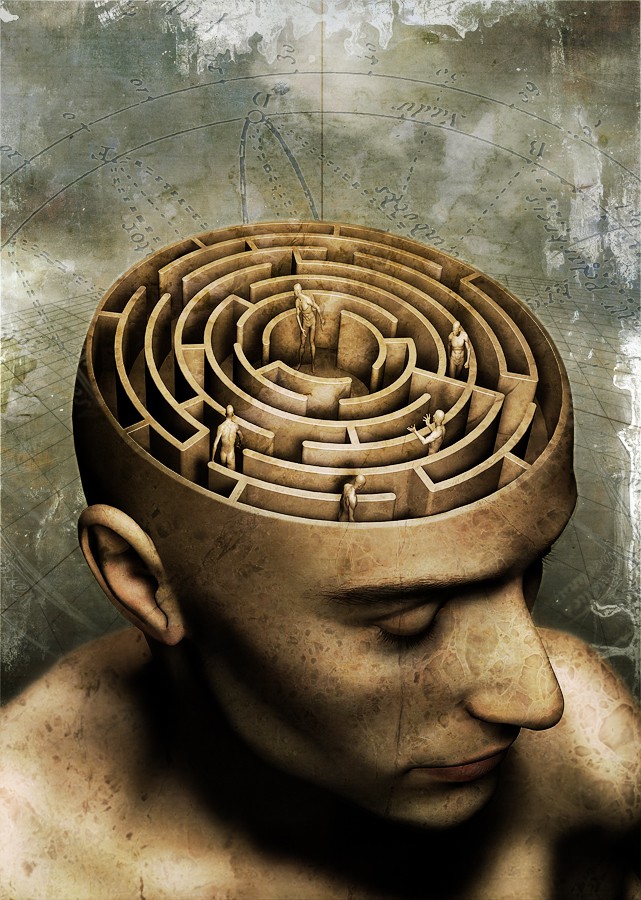By something more than a mere coincidence the committee appointed by the Colonial Congress to design a flag accepted an invitation to be guests, while in Cambridge, of the same family with which the Professor was staying. It was here that General Washington joined them for the purpose of deciding upon a fitting emblem. By the signs which passed between them it was evident that both General Washington and Doctor Franklin recognized the Professor, and by unanimous approval he was invited to become an active member of the committee. During the proceedings which followed, the Professor was treated with the most profound respect and all of his suggestions immediately acted upon. He submitted a pattern which he considered symbolically appropriate for the new flag, and this was unhesitatingly accepted by the other six members of the committee, who voted that the arrangement suggested by the Professor be forthwith adopted. After the episode of the flag the Professor quietly vanished, and nothing further is known concerning him.
Did General Washington and Doctor Franklin recognize the Professor as an emissary of the Mystery school which has so long controlled the political destinies of this planet? Benjamin Franklin was a philosopher and a Freemason–possibly a Rosicrucian initiate. He and the Marquis de Lafayette–also a man of mystery–constitute two of the most important links in the chain of circumstance that culminated in the establishment of the original thirteen American Colonies as a free and independent nation. Doctor Franklin’s philosophic attainments are well attested in Poor Richard’s Almanac, published by him for many years under the name of Richard Saunders. His interest in the cause of Freemasonry is also shown by his republication of Anderson’s Constitutions of Freemasonry, a rare and much disputed work on the subject.
It was during the evening of July 4, 1776, that the second of these mysterious episodes occurred. In the old State House in Philadelphia a group of men were gathered for the momentous task of severing the last tie between the old country and the new. It was a grave moment and not a few of those present feared that their lives would be the forfeit for their audacity. In the midst of the debate a fierce voice rang out. The debaters stopped and turned to look upon the stranger. Who was this man who had suddenly appeared in their midst and transfixed them with his oratory? They had never seen him before, none knew when he had entered, but his tall form and pale face filled them with awe. His voice ringing with a holy zeal, the stranger stirred them to their very souls. His closing words rang through the building: “God has given America to be free!” As the stranger sank into a chair exhausted, a wild enthusiasm burst forth. Name after name was placed upon the parchment: the Declaration of Independence was signed. But where was the man who had precipitated the accomplishment of this immortal task–who had lifted for a moment the veil from the eyes of the assemblage and revealed to them a part at least of the great purpose for which the new nation was conceived? He had disappeared, nor was he ever seen again or his identity established. This episode parallels others of a similar kind recorded by ancient historians attendant upon the founding of every new nation. Are they coincidences, or do they demonstrate that the divine wisdom of the ancient Mysteries still is present in the world, serving mankind as it did of old?

Moe is the founder of GnosticWarrior.com. He is a father, husband, author, martial arts black belt, and an expert in Gnosticism, the occult, and esotericism.

![How Augustine admonished the bishops of the Britons on behalf of Catholic peace, and to that end wrought a heavenly miracle in their presence; and of the vengeance that pursued them for their contempt [Circ. 603 A.D.] | Book 2 | Chapter 2 How Augustine admonished the bishops of the Britons on behalf of Catholic peace, and to that end wrought a heavenly miracle in their presence; and of the vengeance that pursued them for their contempt [Circ. 603 A.D.] | Book 2 | Chapter 2](https://www.gnosticwarrior.com/wp-content/plugins/contextual-related-posts/default.png)
